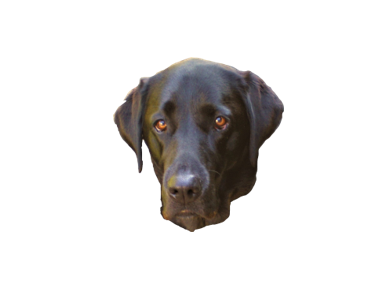I thought I would start a thread on art and ergonomics. I imagine a thread of this nature could generate broad discussions,
I'm going to start it with one topic, Form Density.
Do we start with a question, or a statement? How about a question.
How do you determine the balance between too much info on one screen, and too much popup opening?
There that should get us started.
I edited this for punctuation and clarity. They still might be screwed up, but it is an improvement.
I'm going to start it with one topic, Form Density.
Do we start with a question, or a statement? How about a question.
How do you determine the balance between too much info on one screen, and too much popup opening?
There that should get us started.
I edited this for punctuation and clarity. They still might be screwed up, but it is an improvement.
Last edited:

